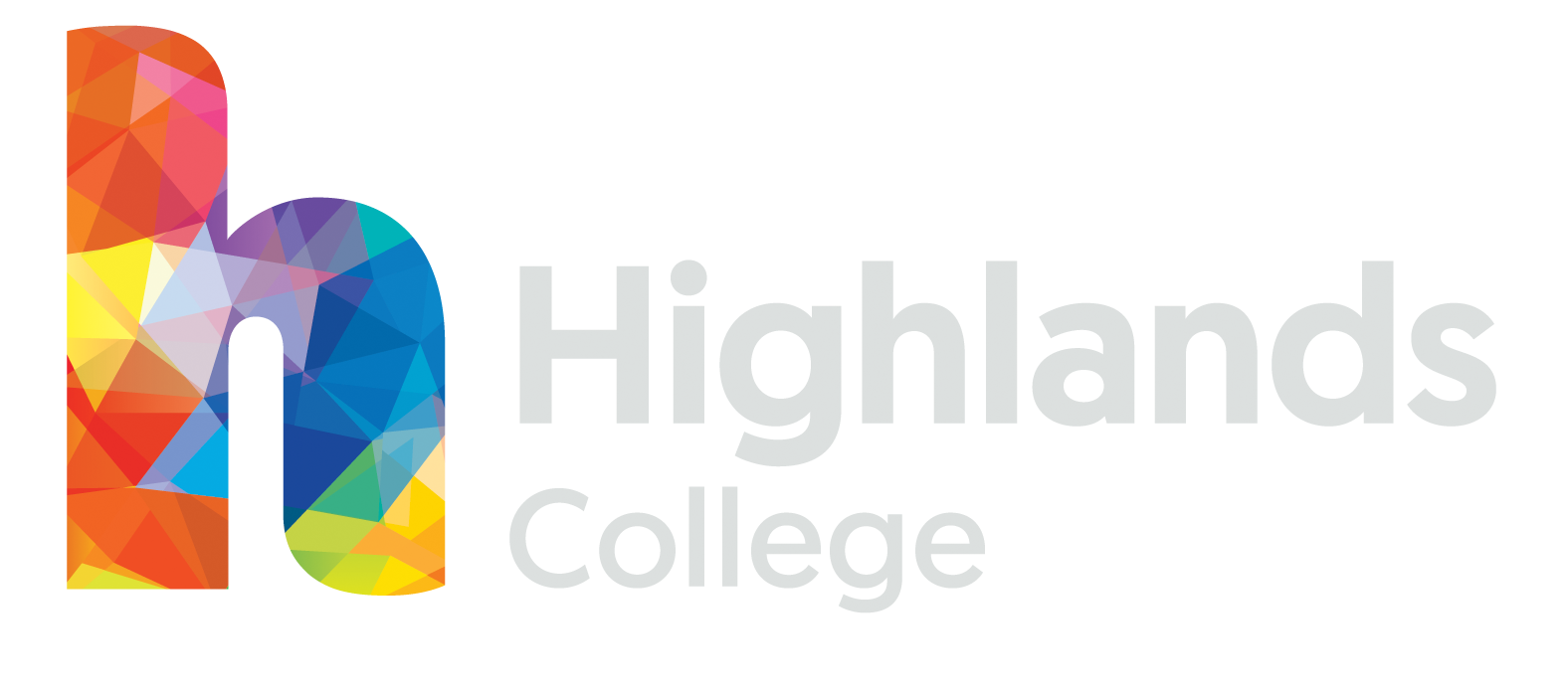Calling an Ambulance
In emergency situations, every second counts. This guide offers vital advice for education establishments on how to effectively contact emergency services. Key points include:
.
.
- Always aim to have someone with the patient make the 999 call, ensuring clear communication with the emergency Controller.
- Controllers may ask specific questions about symptoms, such as breathing issues, skin temperature, or visible injuries, to prioritise the response appropriately.
- Lifesaving instructions, including CPR or basic wound care, may be provided over the phone while the ambulance is en route.
- Meeting and directing the ambulance crew on arrival can save valuable time.
.
Remember, having a phone next to the patient (preferably on loudspeaker) is crucial for effective communication and guidance.
.
For the full details and further insights, please read the document below and keep it accessible for your team. Let’s stay prepared to act quickly and confidently in emergencies!
.
.
